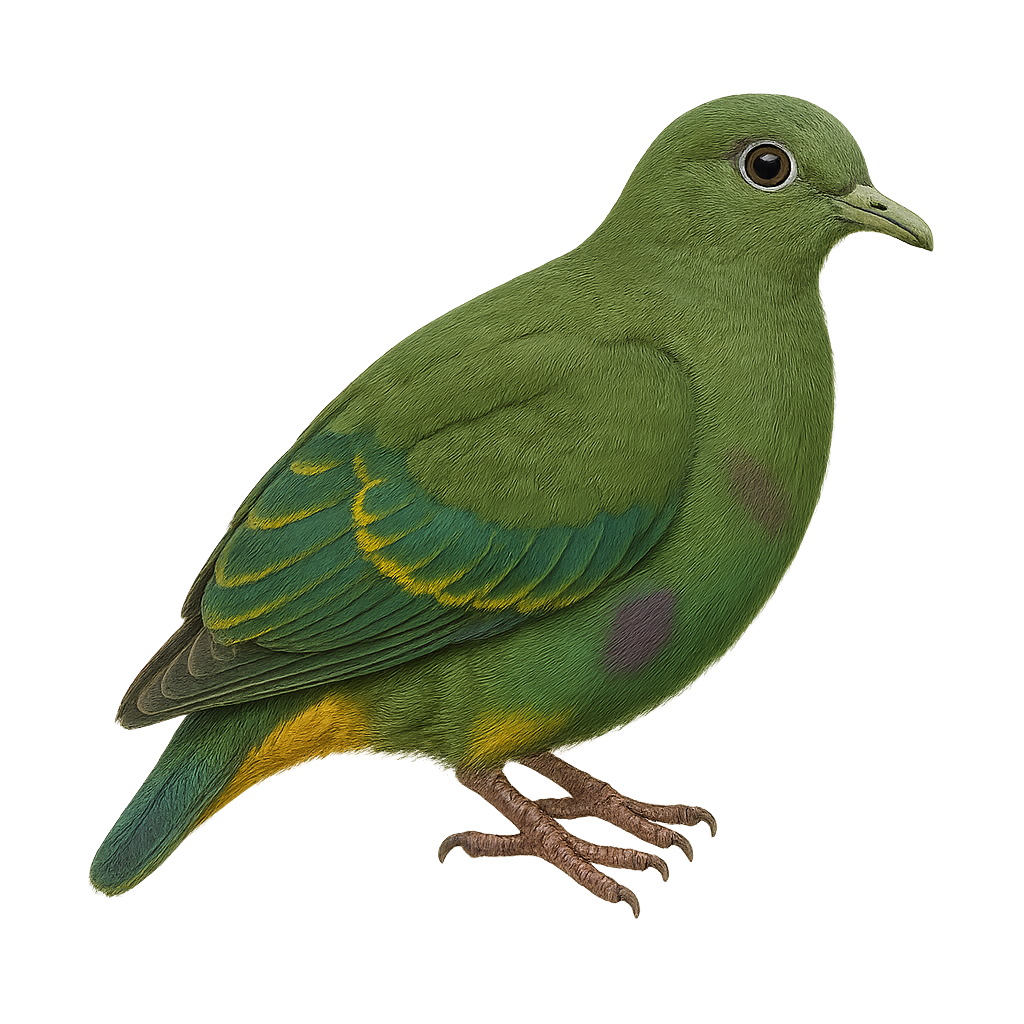Your wildlife photography guide.
Explore the dwarf fruit dove in detail, study its behavior, prepare your shots.
Where to observe and photograph the dwarf fruit dove in the wild
Learn where and when to spot the dwarf fruit dove in the wild, how to identify the species based on distinctive features, and what natural environments it inhabits. The WildlifePhotographer app offers tailored photography tips that reflect the dwarf fruit dove’s behavior, helping you capture better wildlife images. Explore the full species profile for key information including description, habitat, active periods, and approach techniques.
Dwarf Fruit Dove
Scientific name: Ptilinopus nainus

IUCN Status: Least Concern
Family: COLUMBIDAE
Group: Birds
Sensitivity to human approach: Suspicious
Minimum approach distance: 10 m
Courtship display: November to December
Incubation: 18-20 jours
Hatchings: November to January
Habitat:
Tropical rainforests, mangroves, lowland forests
Activity period :
Primarily active during the day, with peak activity in the morning and late afternoon.
Identification and description:
The Dwarf Fruit Dove, or Ptilinopus nainus, is a small, colorful bird belonging to the Columbidae family. It is primarily found in the lowland tropical rainforests of New Guinea and some surrounding islands. This fruit dove is recognizable by its bright green plumage, often speckled with yellow and red hues, allowing it to blend effectively among the foliage. It primarily feeds on fruits, playing a crucial role in seed dispersal. Although discreet, the Dwarf Fruit Dove is a sociable bird, often seen in small groups. Its small size and shy behavior make it a challenge for birdwatchers to spot.
Recommended lens:
400 mm – adjust based on distance, desired framing (portrait or habitat), and approach conditions.
Photography tips:
To photograph the Dwarf Fruit Dove, it is advisable to use a telephoto lens of at least 400mm to capture detailed images without disturbing the bird. Look for areas where fruits are abundant, as these birds are often attracted to fruiting trees. Be patient and discreet, as their suspicious behavior can make them difficult to approach. Use a tripod to stabilize your camera and adjust ISO settings to compensate for the low light in dense forests.
The WildlifePhotographer App is coming soon!
Be the first to explore the best nature spots, track rutting seasons, log your observations, and observe more wildlife.
Already 1 439 wildlife lovers subscribed worldwide

